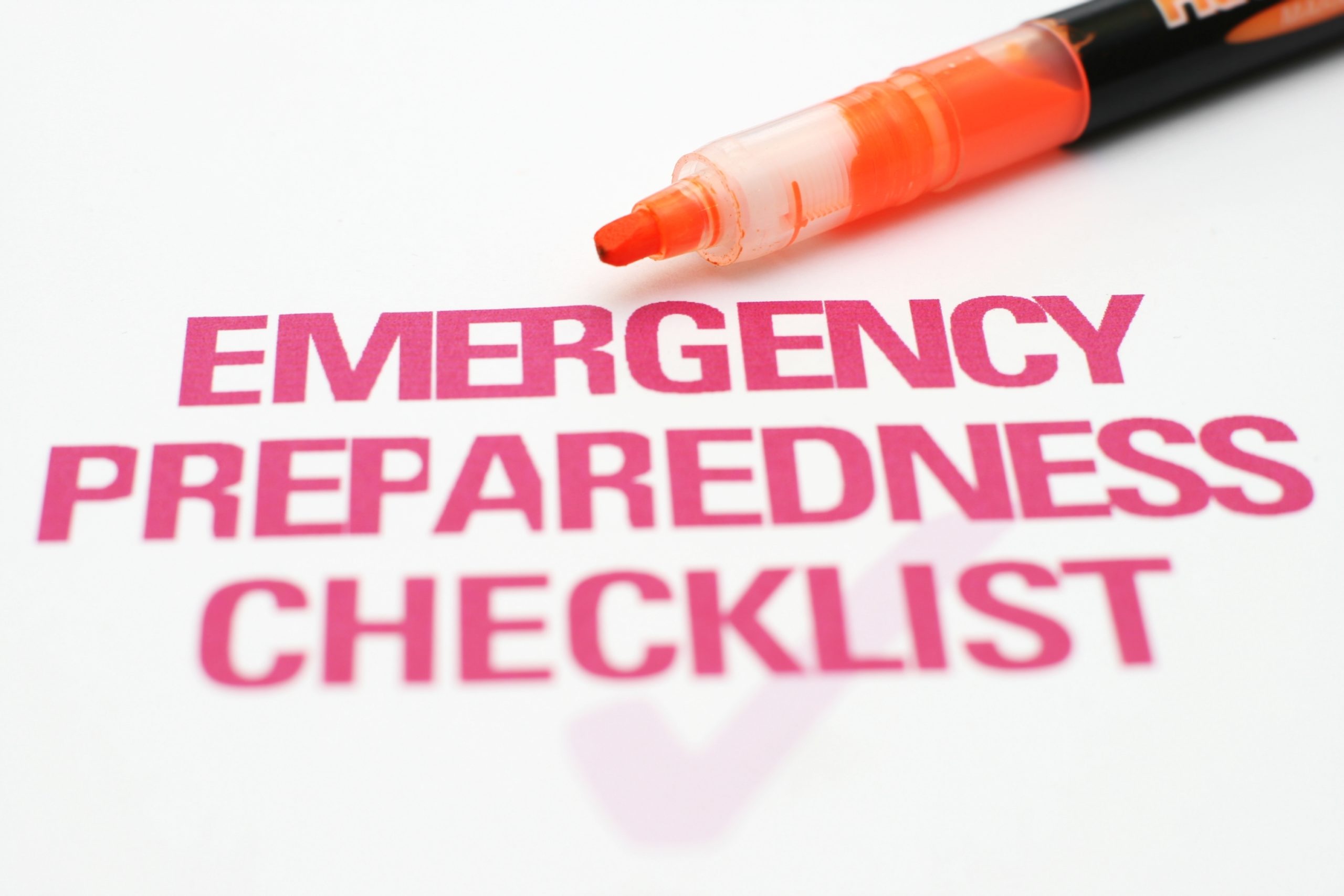
Emergency Preparedness
There are many types of natural disasters as well as many organizations that work hand in hand with the public to help citizens in the event of a disaster. The Federal Emergency Management Agency (FEMA), for instance, has formed a curriculum known as “Be a Hero,” which empowers children to engage in emergency preparedness when necessary. Children in grades 1 and 2 learn about what they should do in the event of an emergency, life-saving skills for themselves and their families, and more through the help of the school. They also learn about real-world hazards that they may come across at any given time.
Hazards
There are many hazards that can occur at any given time and wreak havoc throughout an entire neighborhood or state, including hurricanes, tornadoes, earthquakes, floods, and more. We will find out about some of these hazards and what you can do to prepare yourself and your family in the event that it happens to you! Injury prevention is the best way to survive a natural disaster that wreaks havoc in your state.
Hurricanes: Hurricanes can be extremely deadly because they are tropical cyclones that are capable of causing devastating damage to communities. The air and wind speeds circulating from hurricanes alone can cause speeds of 74 miles per hour or even higher! In some of the strongest storms, 155 mile per hour winds have been identified, ripping through entire states. Understanding when a hurricane could hit your area is one way to stay safe.
The most important step in keeping yourself safe during a hurricane is to have an evacuation plan in place. This is to ensure that you can get to safety in case of a hurricane. Some of the tips in your plan may include specific evacuation procedures and where you will go, and the chain of command for who should take charge if you are at work.
Tornadoes: When you first hear of a tornado, you should learn to develop an emergency plan, learn warning signs, and monitor tornado watched and warnings when necessary. Some of the considerations that must be made include planning, equipping, training, and exercising. This could include identifying a place to take shelter, being familiar with the warning system, and establishing proper procedures. You may identify shelter locations in the event of a tornado like seeking an underground area. If none are available, you can seek a small interior room and stay away from all doors and windows.
Earthquakes: These are the sudden shaking of the ground that is caused by the breaking and shifting of rock beneath the Earth’s surface. It causes damage to buildings, bridges, phone services, and more. All 50 states pose a risk to earthquakes, which is why you should always be prepared.
Here are some tips you can follow to stay prepared:
- Pick safe places that are away from windows.
- Practice drop, cover, and hold-on.
- Practice safe procedures at least twice a year.
- Always stay in a safe place until the shaking stops.
- Be prepared for aftershocks.
Floods: These are one of the most common catastrophies in the United States. They can be caused by many factors, such as a huge accumulation of rain, rising rivers, tidal surges, and ice jams.
When it comes to planning, there are many steps that can be taken. Having an evacuation plan before the flood has a chance to occur is the best bet. However, if this proves to be impossible, you should always be aware of the conditions that will activate the plan, emergency functions, and specific evacuation procedures.
Understanding what to do in the event of an emergency is extremely important, as well as vital to your family and neighbors’ health. Now you know some important steps you can take during these tedious times.

















